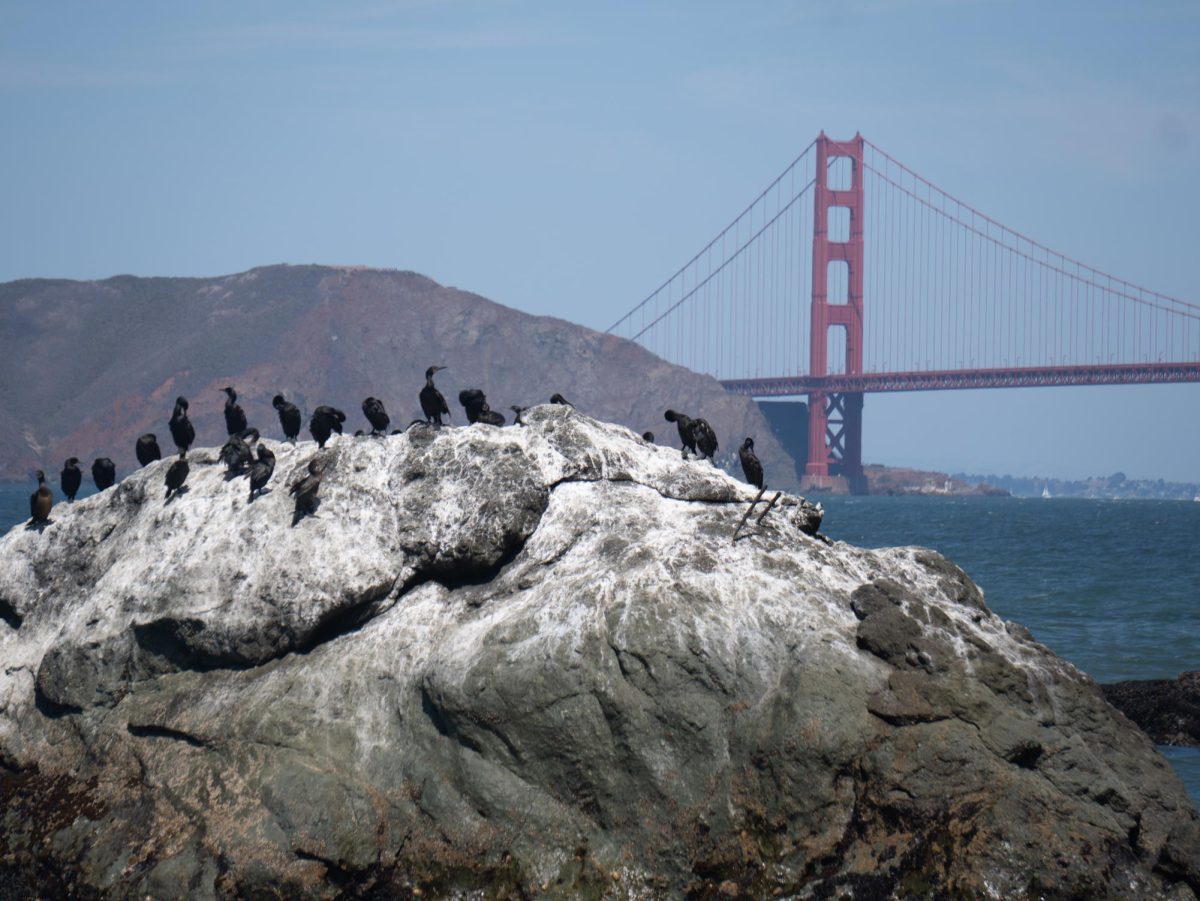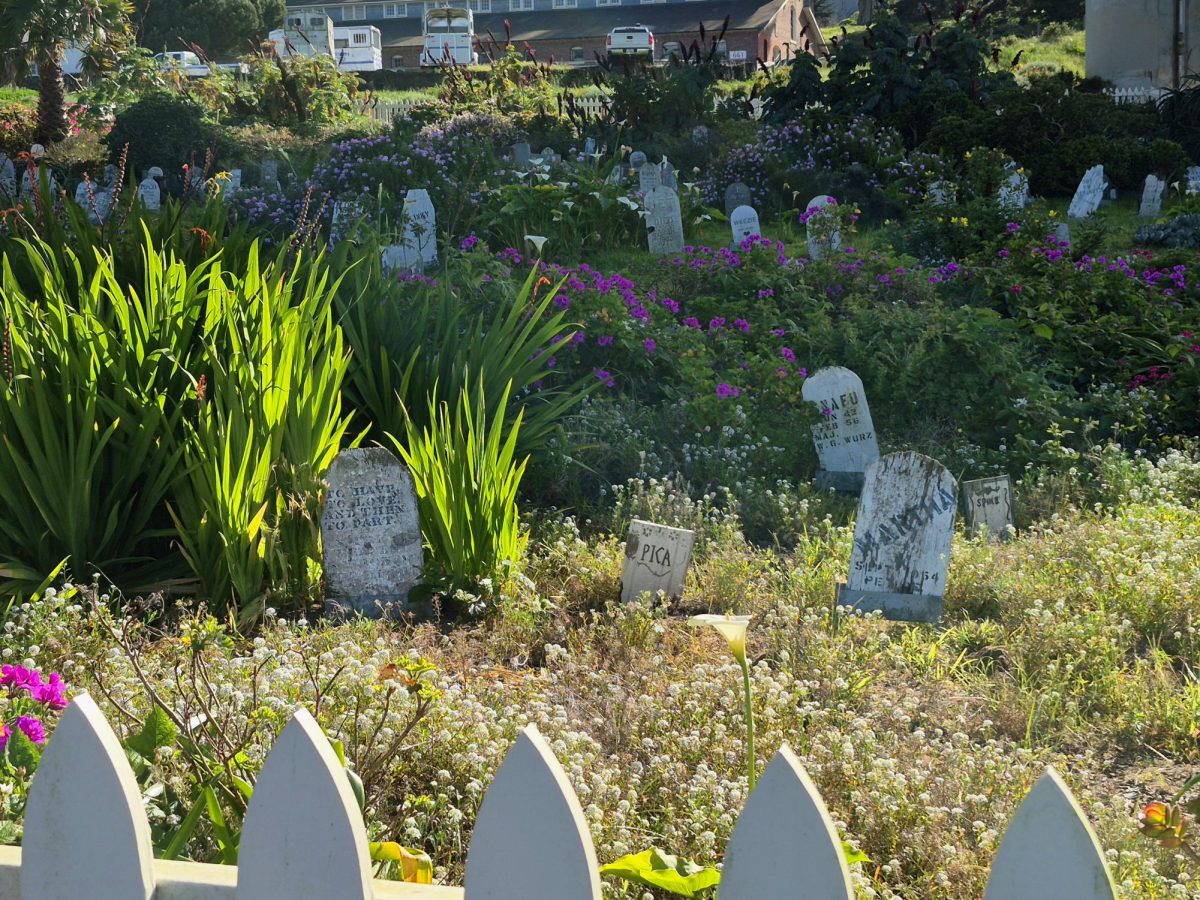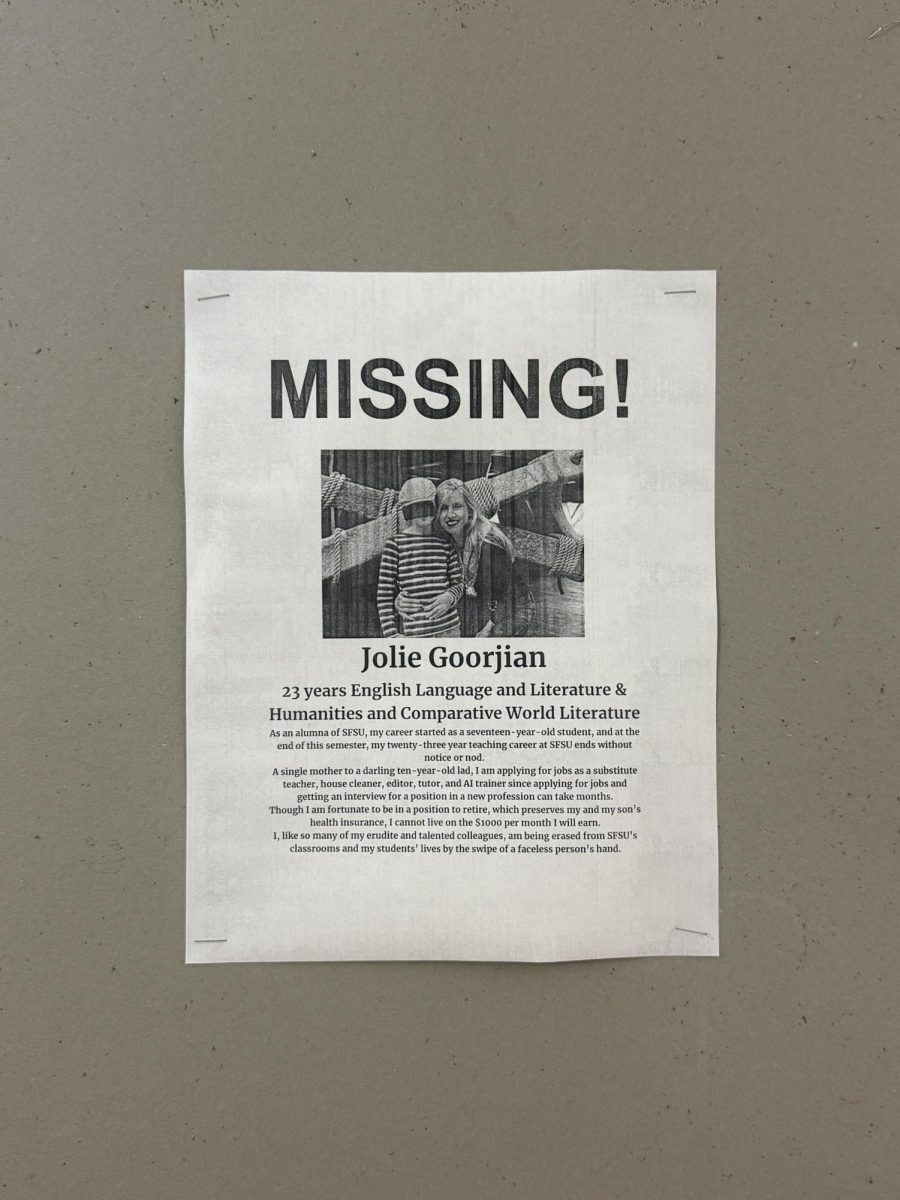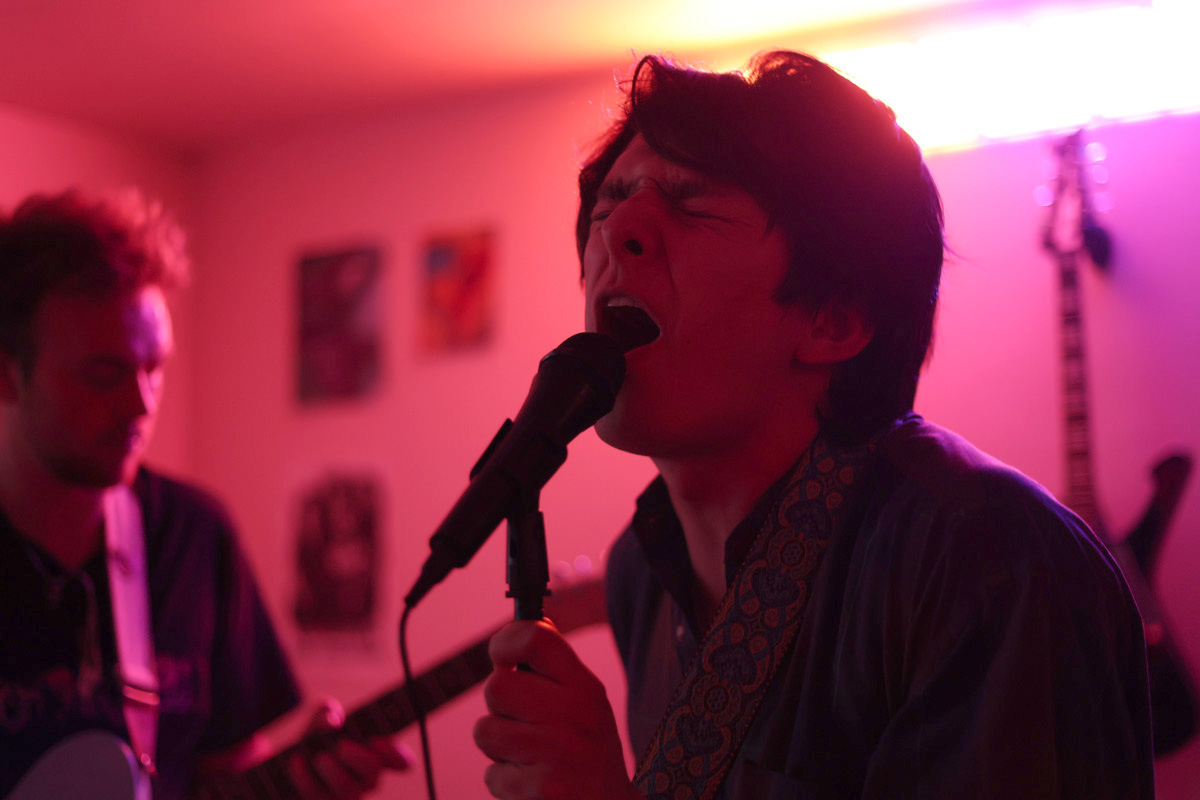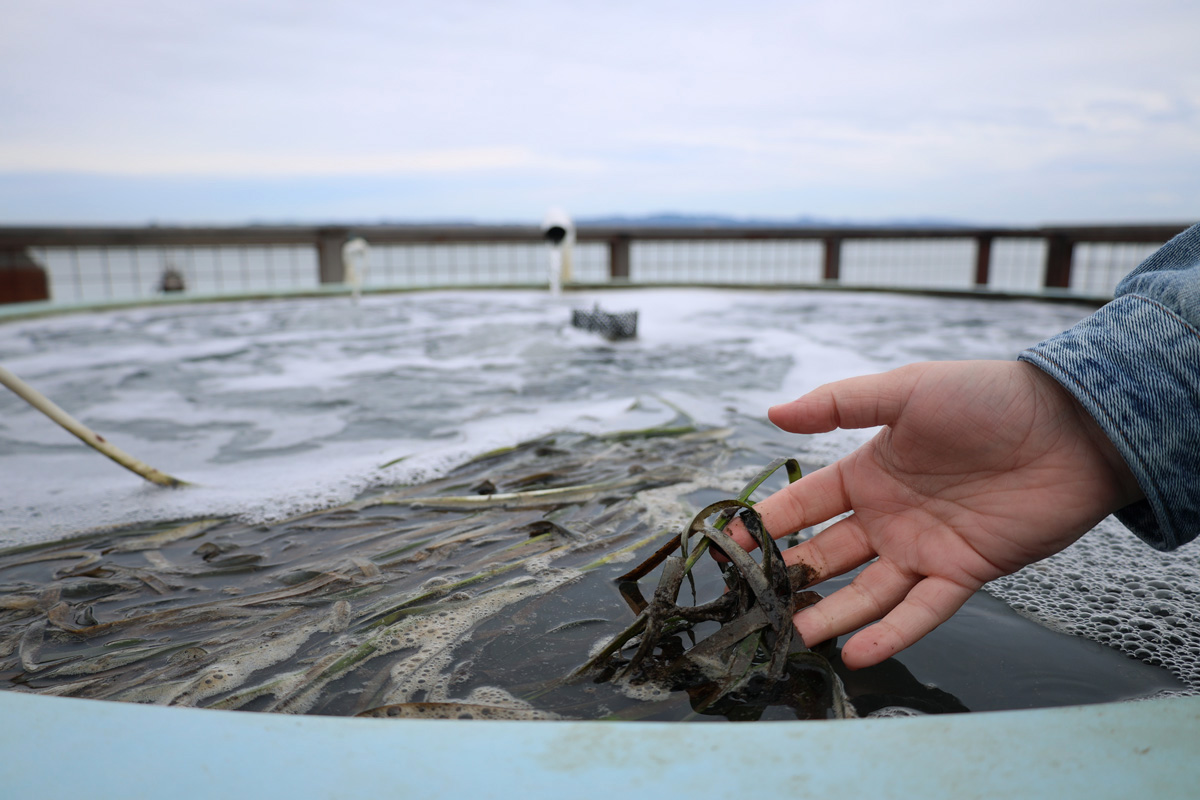“I thought the end of the world had come,” Adolph Sutro, a 19th-century millionaire and eventual mayor of San Francisco, said after a ghost ship filled with 45 tons of explosives detonated near his Lands End residence, utterly destroying parts of his property.
According to a biography, Sutro “did not seem to care a particle about the damage done to his property.” Sutro’s attitude might have been different if he knew what lay ahead.
From the Cliff House, a tavern owned by Sutro, burning down – once in 1894, and again in 1907 – to the Sutro Baths, a passion project of Sutro’s, burning down in 1966, it’s as if Lands End carries a curse.
Legend has it that Lands End is haunted by the spirit of Natalie Salina Harrison, who died heart-broken after her husband never returned from war. She waited for her husband on the shores of Lands End, and since she passed-away, there have been sightings of her apparition walking along the beach.
While it may all be apocryphal, it isn’t hard to understand why some associate ghosts with the area. Lands End is partly built over what used to be the Golden Gate National Cemetery. According to estimates from the Fine Art Museums of San Francisco, over 10,000 people remain buried in the regions surrounding the Legion of Honor museum.
However, some people, like Jeanine Mangold, a Seattleite visiting the Legion of Honor Museum for the third time, reject the idea that Lands End carries any sinister energy. “I just think it’s a beautiful place.”
Verdant wildlife, rocky coves and the ominous mood created by the ruins mixes well with the macabre undertones present in the area. Together, it all forms a pensive environment that perfectly suits the art present in every corner of Lands End — from the massive monuments of the city-sanctioned Legion of Honor museum to the low-profile graffiti on logs and signs.
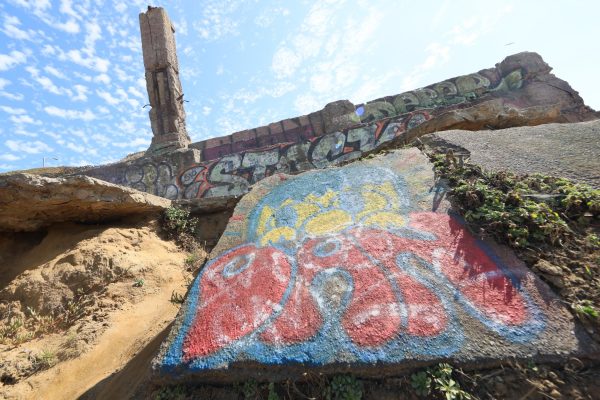
Suzanne Sherman, who came with her painting group to the Sutro Baths ruins for a painting session, is a perfect example of how sublime the environment can be for artists looking for inspiration.
“We’re looking at the trees right there. They’re so dramatic,” Sherman said. “We’re looking at the coastline, the algae here — just so much to paint.”
Lands End has attracted visitors since the late 19th century. It almost guarantees that somebody once stood in the same place as you. With the right eyes, you can notice hidden hints of the past. A vintage beer can telling of some far-gone escapade, or some ancient message etched on an undesignated trail.
At the top of a rocky cliff overlooking Mile Rock Beach, the locally-adored labyrinth, a circular maze made out of rocks is laid out for any curious explorer to walk through.
Initially being a quiet project with the artist intending to be anonymous, the labyrinth quickly became a Lands End favorite. Eventually, the attention grew so much it brought the artist, Eduardo Aguilera, out of the shadows. Since then, despite Aguilera moving away, a cult following has organized projects to rebuild the labyrinth when it’s been destroyed.
To the west of the labyrinth, toward the rocky side of Mile Rock Beach, there is a chance of running into a city of carefully balanced rocks, also known as cairns. And right next to them, on the shore, shattered walls tagged with grafitti— which at times are engulfed in yellow, rusty ocean foam.
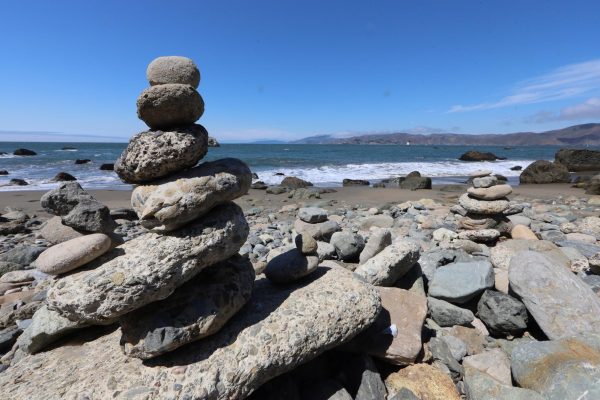
While the ruins are fascinating to look at, there are concerns over pollution. Trash, including shards of glass, accumulates throughout Lands End, especially in the Sutro Baths area, making it hazardous to explore.
Some people — like Tallon Avery, who was going up and down a gauntlet of stairs to throw away refuse dumped in the Sutro ruins — take the problem into their own hands.
“[A cave at the Sutro Baths] seems like it needs a little TLC … tender love and care,” Avery said. “There’s like a death pit — you don’t wanna fall in that … I stepped in and I cut my foot.”
Marc Clearwater, who witnessed the Sutro Baths fire in the ’60s, brought up the idea of restoring the area back to its natural environment.
“I mean, there is historical value to the ruins,” Clearwater said. “But yeah, I’d probably prefer it just be, you know, a natural beach cove.”
Some may flinch at the idea of removing the ruins because they’ve become attached to seeing the graffiti-stamped remains of the Sutro Baths when they visit it.
An Oakland native, Lucy Scan, has nostalgic feelings associated with the ruins. But similar to Clearwater, she wouldn’t be opposed to restoring the cove.
“I think it’d still be pretty magical,” Scan said. “But, the ruins are fun.”
There is no telling what a revitalization project would look like, and there is no telling what excavators would find.The Sutro Baths ruins have been there for over 50 years. To some, removing the ruins would be almost like removing the Sutro Tower in Twin Peaks. But surely, people from the 1900s must’ve had a hard time envisioning a world without the Sutro Baths. Yet, that didn’t stop it from burning down.
And that highlights an ultimate fact: there is no telling what Lands End will look like a century from now.
So, go climb atop tagged ruins, walk among the trees planted by hands long forgotten or watch the sunset next to the Cliff House on the Ocean Beach sand; you never know when it’ll be your last chance. If you’re lucky, places may be preserved as ruins, but even ruins, one day, will disappear.



